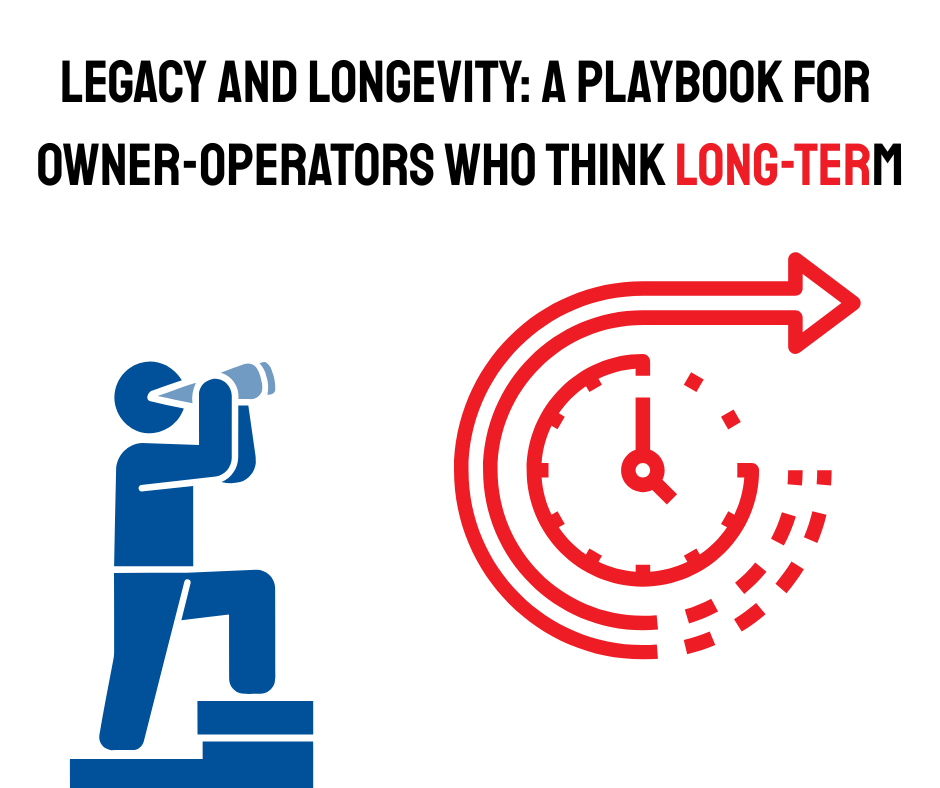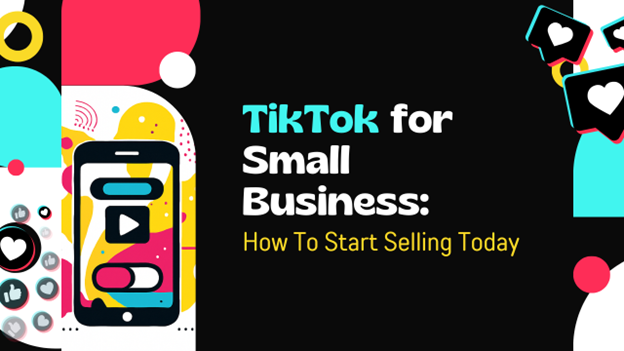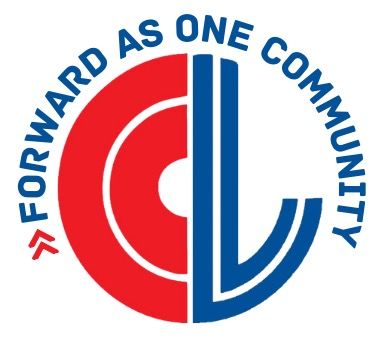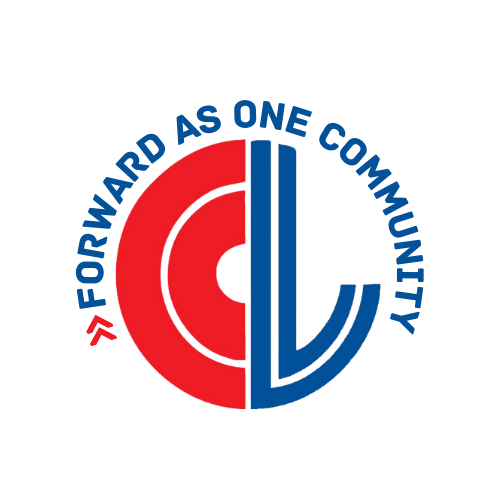How Real Stories Are Boosting Business Sales
Social media is filled with perfect lives—you don’t see the dirty dishes in the sink, or the tears shed. You see the wins and the brags. The same is true of many social media accounts for business. As business owners we want to show our best selves. Anything less is weak and unappealing.
Or is it?
Lately, something interesting is happening. The most effective posts aren’t the polished ones with perfect lighting or studio-level graphics. They’re the real, raw, behind-the-scenes moments that tell the true story of what it’s like to run a small business.
From TikToks to Instagram Reels, business owners are discovering that authenticity—sharing the ups, the downs, and everything in between—helps them connect with customers in a meaningful way.
You can adopt this new highly effective approach as well.
Customers Crave Connection
People aren’t just buying products anymore—they’re buying stories, values, and the people behind the brand. Today’s consumers want to know who they’re supporting. They want to see the human side of business, not just the highlight reel.
That’s why honest storytelling is gaining so much traction. A short video about the time you overcame a setback, or a post about your “why” as a business owner, can do more than an ad ever could. It builds trust, invites engagement, and shows the passion behind the product.
We’ve also seen a lot of these types of videos where businesses share how they’re bouncing back from hurricanes, brush fires, and floods. The rebuilds are inspiring and help keep customers in the know.
Why Authenticity Works
There are real benefits to showing up as your authentic self online:
· It builds loyalty. When customers feel like they know you, they’re more likely to support you—especially during tough times.
· It boosts engagement. Real stories spark conversation. They get shared, commented on, and remembered.
· It sets you apart. Big brands can’t replicate your personal journey. That’s your advantage.
· It creates emotional connection. And connection drives action, whether that’s a sale, a visit, or a referral.
What Kinds of Stories Should You Share?
You don’t need to be a professional storyteller or social media guru to do this well. In fact, the more natural and honest you are, the better. Just sound like you. Your best friend should read the post and remark, “That sounds like you.”
Be vulnerable in a business savvy way. Here are a few ideas to get you started:
· The moment you decided to start your business
· A major obstacle you overcame and what you learned
· A behind-the-scenes look at your day (the chaos and the wins)
· A thank-you to your customers or team
· A mistake you made—and how you bounced back
· A natural disaster or other problem that required you to rebuild, restructure, or approach something in a different way
One important note: vulnerability doesn’t mean oversharing. Keep your stories focused on what will resonate with your audience. Aim to inspire, relate, or educate, rather than just vent.
Need Help Getting Started to Tell Your Story?
Storytelling may sound simple but showing up on camera or figuring out what to say can be a hurdle. That’s where your Chamber of Commerce can help. Many chambers offer marketing lunch and learns, social media tips, or networking events where you can learn what’s working for other local businesses.
Looking for guidance, tools, or even a platform to share your story more widely? Don’t hesitate to reach out to your chamber team. They’re here to support your growth—and amplify your voice in the community.
Show the Journey—Not Just the Destination
One of your most powerful marketing differentiation tools is already in your hands: your story. By showing the real human behind the business, you’re not just building a brand—you’re building a community of supporters who believe in what you do.
So, the next time you go to post, remember: perfection isn’t the goal. Connection is. And often, all it takes is hitting “record” and speaking from the heart.
------------
Christina Metcalf is a writer and women’s speaker who believes in the power of story. She works with small businesses, chambers of commerce, and business professionals who want to make an impression and grow a loyal customer/member base. She is the author of The Glinda Principle, rediscovering the magic within.
_______________________________________
Medium: @christinametcalf
Facebook: @tellyourstorygetemtalking
Instagram: @christinametcalfauthor
LinkedIn: @christinagsmith




